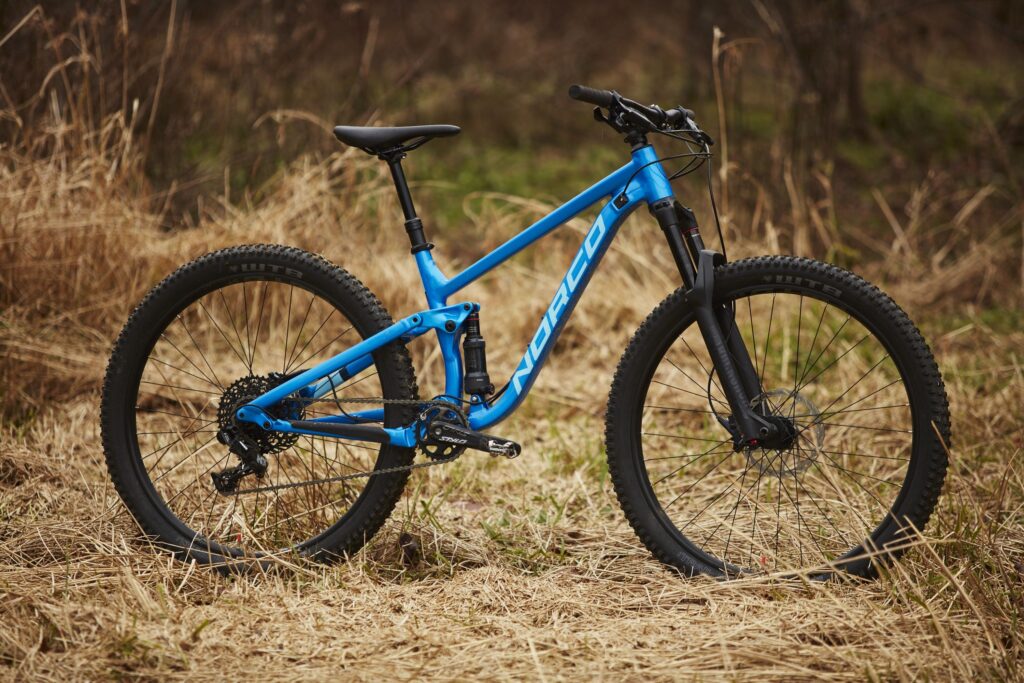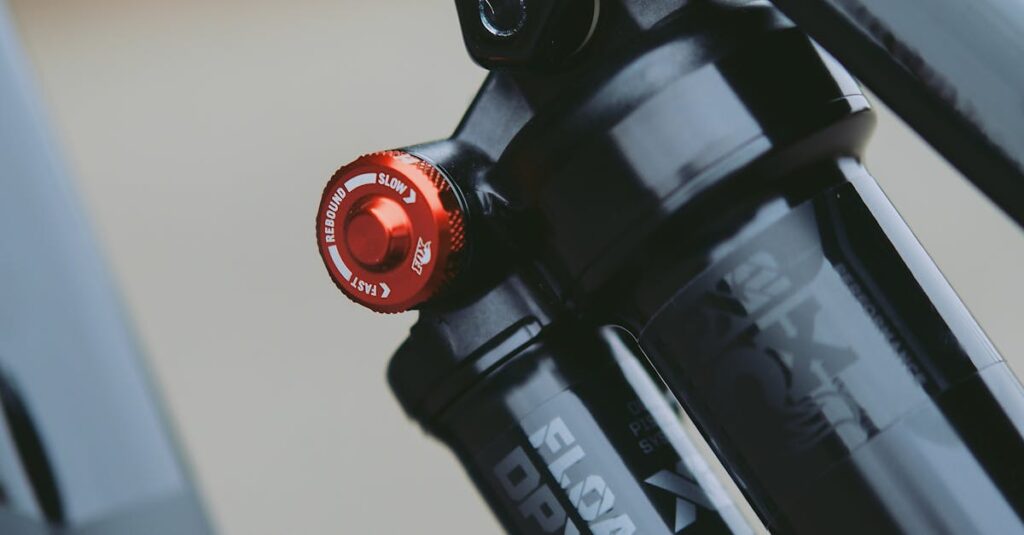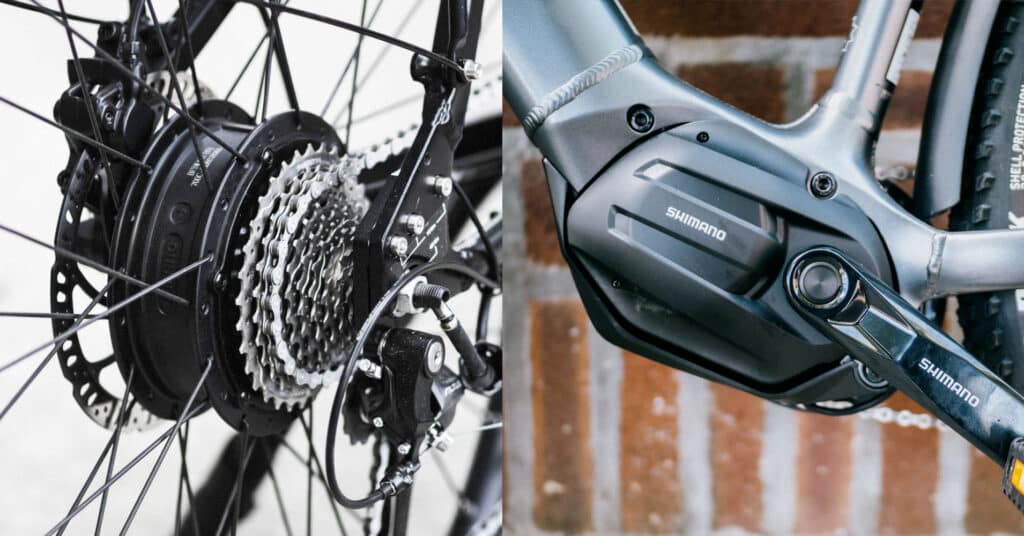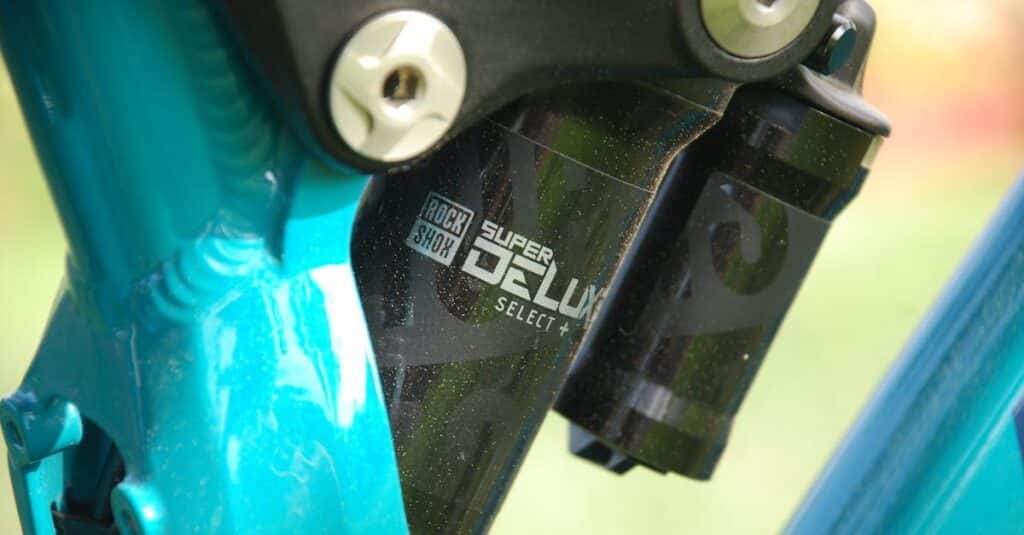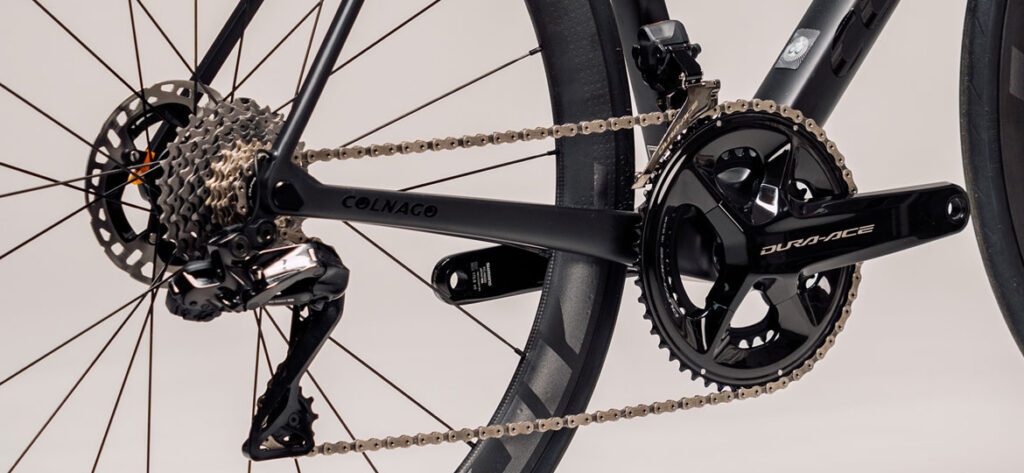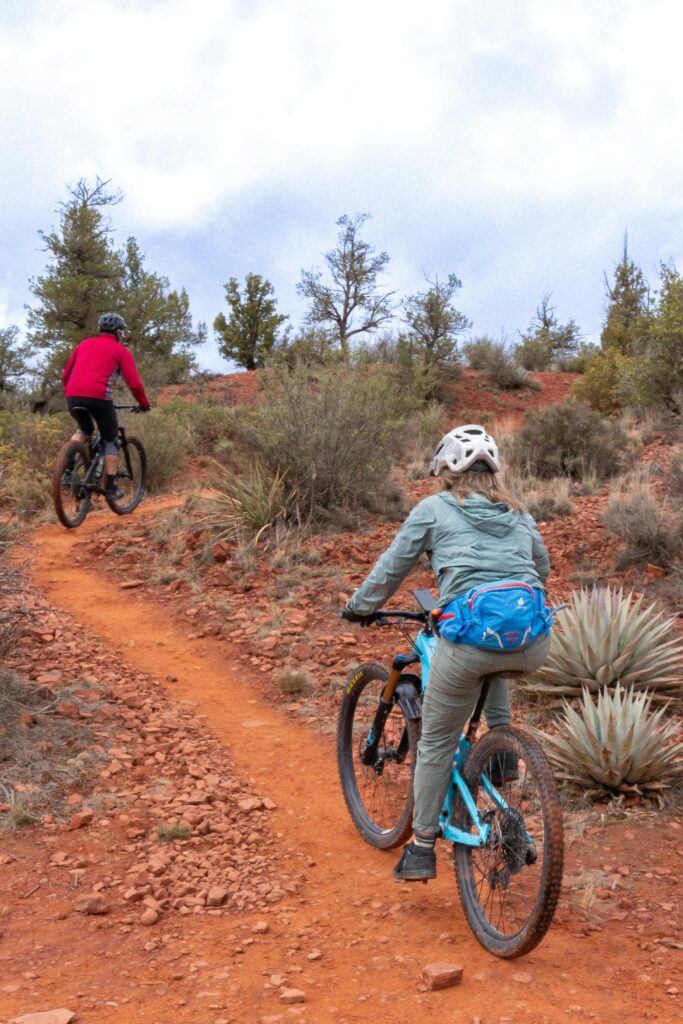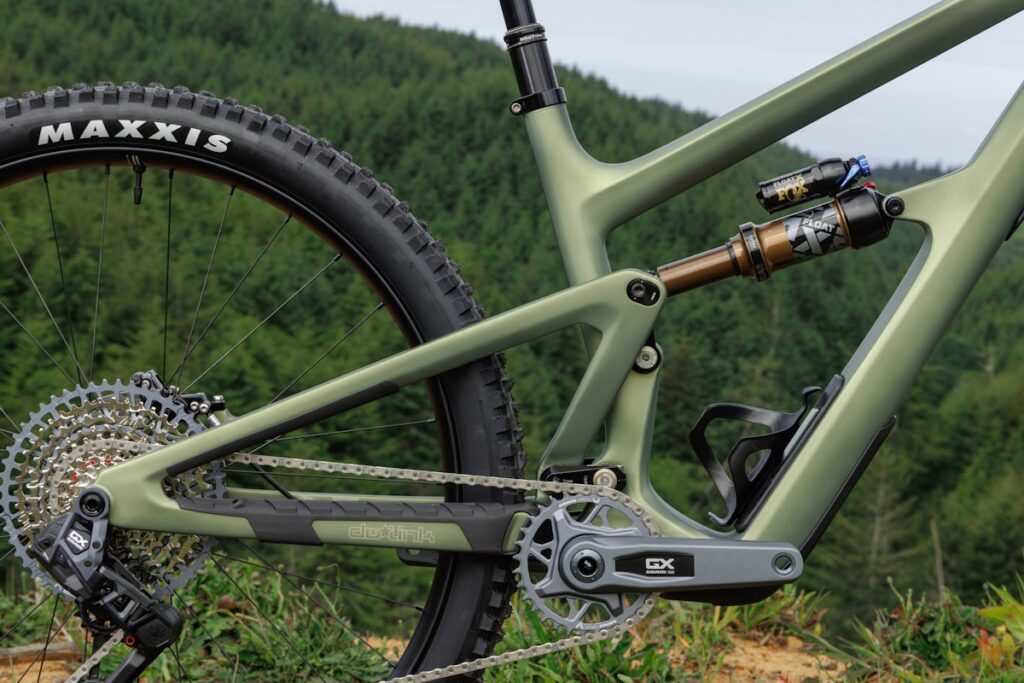In the constantly evolving world of mountain and electric bikes, few rivalries highlight the contrast between engineering scale and rider-driven craft as clearly as Trek vs Norco. Both brands have deep roots, decades of experience, and a loyal following — but they represent two distinct philosophies within modern cycling.
Trek is a global giant, pushing technology forward with industry-leading research, development, and global support. Norco, on the other hand, thrives on authentic trail-born design, offering a balance of innovation and value that resonates with real riders.
This comparison dives into every angle — history, technology, ride quality, and value — to help you decide which brand fits your riding style and budget best.
Brand Overview
Trek Bicycles
Founded in 1976 in Waterloo, Wisconsin, Trek is one of the largest and most influential cycling brands in the world. Known for its precision-engineered frames, wide dealer network, and relentless innovation, Trek has led countless industry advancements — from carbon frame production to integrated e-bike systems.
Trek’s portfolio covers every category imaginable: road, mountain, gravel, hybrid, e-bike, and kids. The brand’s global reach means parts, service, and support are always close by.
Norco Bicycles
Norco, founded in 1964 in Port Coquitlam, British Columbia, is Canada’s oldest bike brand still in continuous operation. Norco’s identity is inseparable from its geography — the brand’s R&D lab is literally surrounded by some of the toughest terrain on Earth.
Unlike Trek’s massive corporate footprint, Norco is smaller and more rider-driven. Its design system, Ride Aligned™, ensures that every frame size delivers identical handling, comfort, and geometry feel.
Philosophy and Design DNA
| Brand | Core Philosophy | Approach |
|---|---|---|
| Trek | Precision engineering and technological innovation | Global-scale R&D, aerodynamic optimization, proprietary materials |
| Norco | Real-world ride feel, trail-proven geometry | Size-specific engineering, balanced handling, Canadian practicality |
Trek’s approach focuses on perfecting performance through data, while Norco emphasizes riding feel and terrain experience.
Trek’s Design Vision
Trek sees bikes as platforms for innovation. They design frames and systems in-house, using wind tunnels, 3D modeling, and real-world pro athlete feedback.
Their OCLV Carbon Technology (Optimum Compaction, Low Void) remains one of the most advanced carbon layup methods, ensuring durability without unnecessary weight. Trek also leads with aerodynamic shaping, integrated storage, and Project One custom paint and spec programs.
Norco’s Design Vision
Norco focuses on fit, control, and real-world balance. Their Ride Aligned™ Design System doesn’t chase lab numbers — it builds around how riders actually move on the bike. Each size gets unique suspension tuning, chainstay length, and reach-to-stack ratios to deliver identical ride character for everyone.
This rider-first design gives Norco an advantage in natural feel and confidence, especially off-road.
Technology and Frame Construction
Trek Highlights
- OCLV Carbon: Lightweight, durable, race-proven carbon fiber.
- Active Braking Pivot (ABP): Keeps suspension active under braking.
- IsoSpeed Decoupler: Adds rear-end compliance on road and gravel bikes.
- Bosch and TQ e-systems: High-performance e-bike integration.
- Knock Block Steering Stop: Protects carbon frames from over-rotation damage.
Trek’s consistency in frame quality is exceptional. Every carbon frame goes through laser alignment checks and impact simulations to guarantee accuracy across production.
Norco Highlights
- Ride Aligned™ Geometry: Fully size-specific frame and kinematic tuning.
- Hybrid Frame Builds: Carbon front / aluminum rear for durability and affordability.
- Progressive Suspension Design: Balanced anti-squat and leverage ratios.
- Internal Cable Routing & Protection: Fully guided, quiet operation across models.
Norco’s frames are rugged and real-world tuned. While they might weigh slightly more than Trek’s elite carbon designs, they make up for it with balanced suspension performance and incredible durability.
Product Lineup Comparison (2026)
| Category | Trek | Norco |
|---|---|---|
| Trail / All-Mountain | Fuel EX, Remedy, Top Fuel | Fluid FS, Sight |
| Enduro / Big Mountain | Slash, Session | Range, Shore |
| XC / Race | Procaliber, Supercaliber | Revolver HT/FS |
| Road / Gravel | Domane, Madone, Checkpoint | Search XR |
| E-Bikes | Rail, Powerfly, Domane+ | VLT Series (Sight VLT, Range VLT, Indie VLT) |
| Commuter / Hybrid | FX, Dual Sport, Allant+ | Scene, Indie, XFR |
Highlights
- Trek covers every price point and bike type imaginable.
- Norco specializes in trail and mountain but has refined commuter and hybrid models.
- Both brands’ e-bike lines are impressive — Trek leads in tech, Norco leads in real-world rideability.
Ride Quality and Real-World Performance
Trek Ride Feel
Trek bikes feel refined, smooth, and efficient. The geometry leans toward performance — slightly stretched but well-balanced for both racing and endurance.
The Fuel EX and Slash are favorites among riders who want precision handling, while the Domane and Checkpoint dominate the road and gravel categories for comfort and speed.
Norco Ride Feel
Norco bikes are more “lively” — they ride with a sense of trail feedback that feels organic rather than isolated. Suspension platforms like the Sight and Fluid FS prioritize predictable traction and centered handling over pure stiffness.
For riders who value confidence and flow over every ounce of efficiency, Norco’s ride tuning often feels more natural.
Build Options and Pricing
| Range | Trek | Norco |
|---|---|---|
| Entry-Level | $800 – $1,600 | $700 – $1,500 |
| Mid-Range | $1,700 – $4,000 | $1,600 – $3,800 |
| High-End / Carbon | $4,500 – $12,000+ | $3,500 – $8,000 |
| E-Bikes | $2,800 – $14,000+ | $2,700 – $9,000 |
Trek’s price spectrum is wider, offering both elite-level and budget-friendly models. Norco remains slightly more affordable overall — especially in the trail and all-mountain categories — without major sacrifices in performance.
Customer Support and Ownership Experience
Trek
- Global network of dealers and certified service centers.
- Lifetime frame warranty.
- Industry-leading crash replacement and in-store fitting services.
- Easy access to parts and warranty processing worldwide.
Norco
- Excellent North American support, smaller global network.
- Lifetime frame warranty (first owner).
- Reliable warranty turnaround and responsive customer service.
- Local assembly in Canada for certain models.
Verdict: Trek wins on convenience and global reach. Norco wins on personal touch and genuine rider-first service.
Strengths Comparison
| Trek | Norco |
|---|---|
| Massive global dealer and parts network | Authentic rider-first approach |
| Cutting-edge frame and component tech | Ride Aligned™ delivers consistent handling |
| Huge model variety | Excellent value for performance |
| Pro race heritage and sponsorships | Trail-proven, real-world reliability |
Weaknesses Comparison
| Trek | Norco |
|---|---|
| Premium pricing at higher tiers | Smaller brand awareness outside North America |
| Occasional “corporate” image | Slightly heavier builds on mid-tier models |
| Can feel over-engineered for casual riders | Fewer color and customization options |
Verdict: Which Should You Buy in 2026?
Buy Trek if…
- You want the most advanced tech, lightest frames, and global dealer access.
- You’re performance-focused and ride competitively.
- You appreciate customization options like Project One and value premium finish.
Buy Norco if…
- You want a real-world, confidence-inspiring ride built for rough terrain.
- You care about value and design integrity over hype.
- You ride trails, mountains, or mixed terrain regularly.
Both Trek and Norco produce outstanding bikes. The choice ultimately comes down to rider personality — Trek appeals to precision and performance enthusiasts; Norco to riders who want authentic feel and all-condition toughness.
Final Take
When you strip away marketing, Trek and Norco chase the same dream — a better ride. Trek approaches it through engineering mastery and global innovation; Norco through passion, experience, and the natural DNA of British Columbia’s trails.
Trek vs Norco (2026): Two paths, one purpose — creating bikes that make every ride unforgettable.
FAQs
Which brand offers better value?
Norco generally provides better value per dollar, especially in the mid-tier full-suspension range.
Which has more tech innovation?
Trek leads with proprietary frame and suspension systems.
Which is better for beginners?
Norco’s Fluid FS and Scene lines are beginner-friendly and more affordable.
Which brand is more serviceable worldwide?
Trek — due to its massive dealer and service network.
Related Content:
Why Trust This Guide?
BestBikeBrands is built by lifelong cyclists with decades of real-world experience — in the shop, on the trail, and behind the wrench. Our goal is simple: to help riders choose the best bikes and gear with confidence, backed by expert insights and hands-on testing. Learn more about us →
